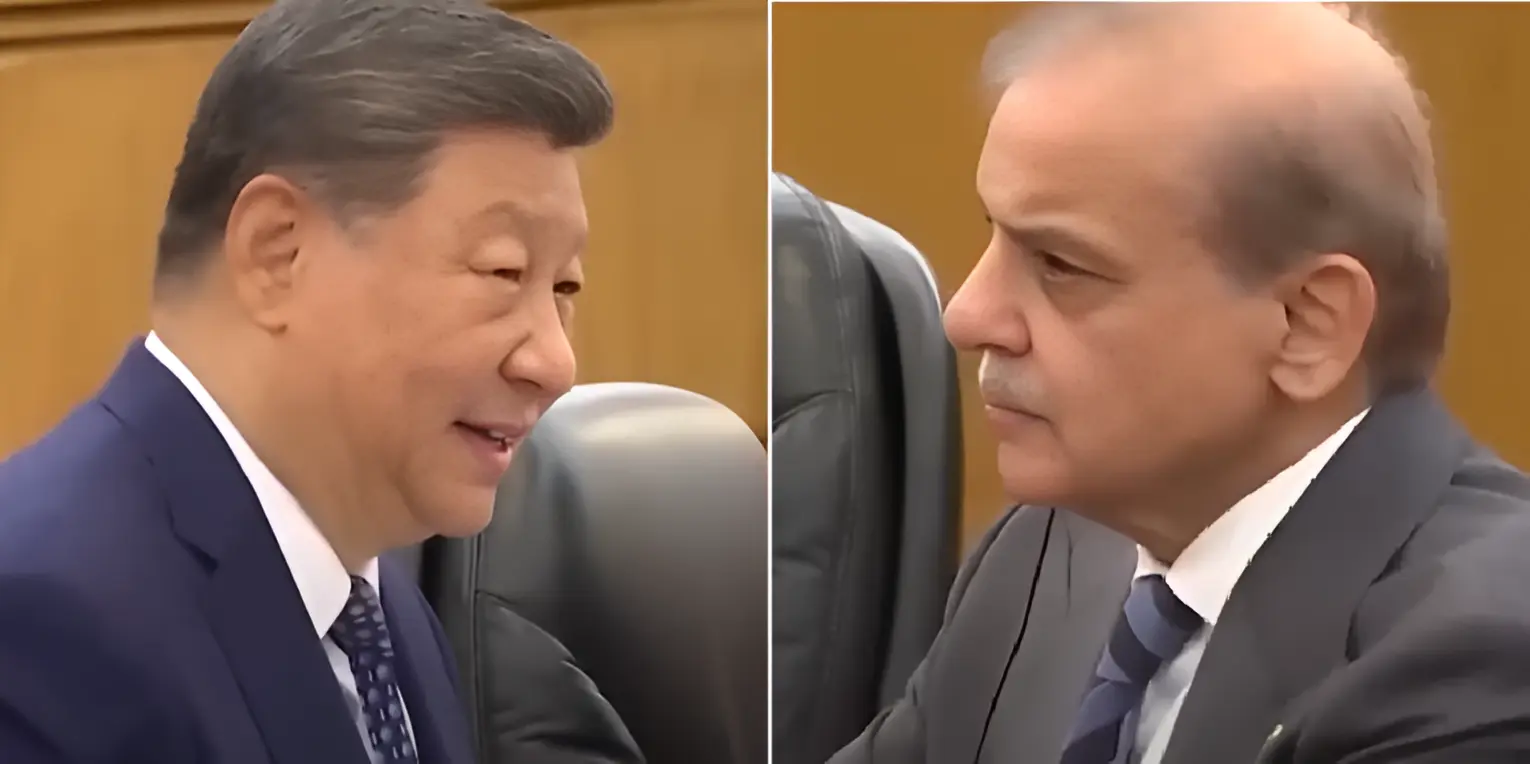
China exits Pakistan’s $60B CPEC project; Islamabad seeks ADB funding for ML-1 railway
China Walks Away: What Happened to the $60 Billion CPEC Dream?
China-Pakistan breakup – Goodbye to Pakistan’s $60B Mega Project – For nearly a decade, the China-Pakistan Economic Corridor (CPEC) was seen as a game-changer for Pakistan’s economy. With over $60 billion in promised investments, the plan was to build roads, railways, and energy projects that would connect China’s Xinjiang region to Pakistan’s Gwadar Port. The biggest and most ambitious part of this plan was the ML-1 railway upgrade a 1,800 km line from Karachi to Peshawar.
But now, China has pulled out of funding the ML-1 project. This decision came after Prime Minister Shehbaz Sharif’s recent visit to Beijing, where he failed to secure new investments for CPEC Phase-2. Instead, he returned with smaller deals worth $8.5 billion focused on agriculture, solar energy, and electric vehicles.
So why did China back out? The reasons are complex. Pakistan owes $1.5 billion to Chinese power companies, and repeated attacks on Chinese workers have raised serious safety concerns. China also seems to be rethinking its global spending, especially in countries with high financial risks. Pakistan’s repeated bailouts from the IMF and growing debt made Beijing nervous.
ADB to the Rescue: Pakistan Seeks New Partners
With China stepping back, Pakistan has turned to the Asian Development Bank (ADB) for help. Islamabad is now asking for a $2 billion loan to upgrade the Karachi – Rohri section of the ML-1 railway. This marks a big shift, it’s the first time a major CPEC project will be funded by a multilateral lender instead of China.
The full ML-1 upgrade is expected to cost around $6.7 billion. If ADB approves the loan, it will come with stricter rules and open bidding, unlike earlier CPEC deals that mostly went to Chinese companies. This could mean more transparency and better competition, but also slower progress.
Pakistan’s pivot to ADB shows its need to diversify partnerships. Relying too much on one country especially when that country is pulling back can be risky. The move also opens doors for Western companies to join Pakistan’s infrastructure push, especially in areas like mining and energy.
Why China’s Exit Matters: More Than Just Money
China’s decision to exit the ML-1 project isn’t just about money, it’s also about geopolitics. Pakistan’s warming ties with the United States and China’s growing closeness with India and Russia have added tension to the relationship. Beijing’s retreat signals a shift in its foreign policy, focusing more on domestic issues and less on risky overseas investments.
For Pakistan, this is a wake-up call. The country has long depended on China for big-ticket projects. But with China pulling back, Islamabad must now balance its relations with both Eastern and Western powers. Army Chief Gen. Asim Munir recently said, “We will not sacrifice one friend for the other,” showing Pakistan’s desire to keep both sides happy.
This change could reshape Pakistan’s future. Instead of relying on one strategic partner, the country may now work with multiple global players. That could bring more stability, better deals, and fewer political strings attached.
What’s Next for Pakistan’s Infrastructure Plans?
The road ahead won’t be easy. Pakistan still faces major challenges rising debt, security issues, and slow project execution. But the shift to ADB funding could be a turning point. With better oversight and international support, Pakistan might finally get the boost it needs to modernize its transport and energy systems.
The ML-1 railway upgrade is especially important. It will help move goods and minerals from places like Balochistan’s Reko Diq mine to ports, boosting trade and jobs. ADB has already pledged $410 million for related infrastructure, showing its commitment to Pakistan’s development.
In the long run, Pakistan’s move away from China-led financing could lead to more balanced growth. It’s a chance to rethink how projects are planned, funded, and executed. And while the breakup with China may sting, it could also be the beginning of a more stable and diversified future.
Also read – The New Great Game: How China and the U.S. Are Battling for Pakistan’s Strategic Soul
From Beijing to Washington: Pakistan’s Balochistan Mineral Pivot Sparks Global Shockwaves
Stay informed with the latest news and updates – only on Rapido Updates.